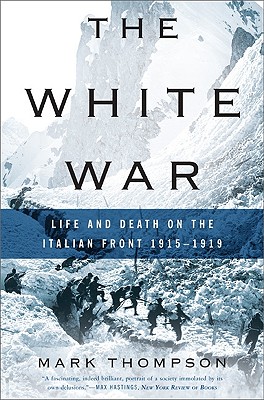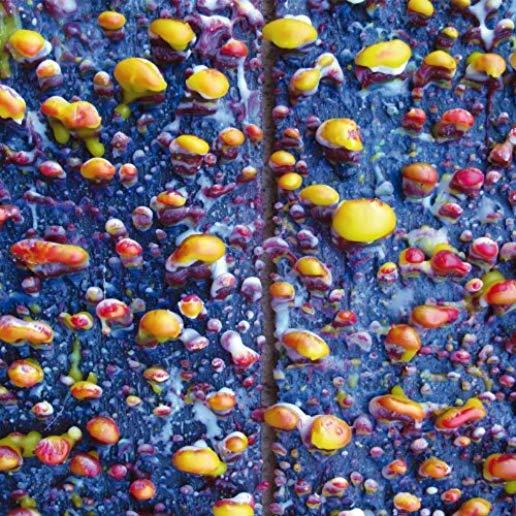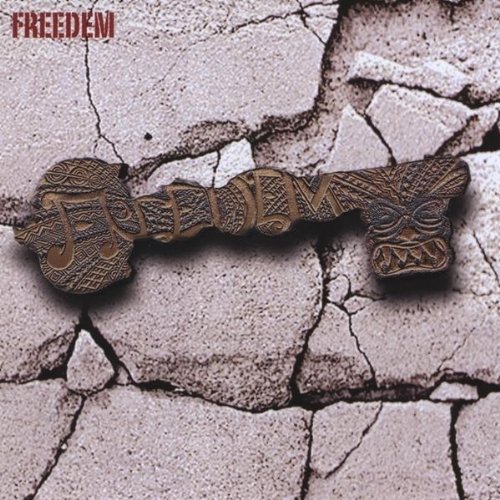
Grehan, John
product information
description
6On 20 October 1944, the U.S. Sixth Army began landing on Leyte's eastern coast, supported by the U.S. Navy's 3rd and 7th fleets, which were assisted by ships from the Royal Australian Navy. The Japanese were aware that the Americans were poised to attack the Philippines and planned to draw the American warships into one last great battle to try and stave off the otherwise inevitable defeat. Over the course of the following three days, the two naval forces engaged in four separate engagements. Involving more than 360 ships and 200,000 naval personnel, the battle was the greatest naval encounter of the World War II and possibly the largest naval battle in history. The result was disastrous for the Japanese who lost three battleships, four aircraft carriers, ten cruisers and eleven destroyers, along with almost 300 aircraft - the greatest loss of ships and crew the Japanese had ever experienced. In Battle of Leyte Gulf, the actions of the warships as well as the accompanying amphibious landings on Leyte by the U.S. Sixth Army are vividly revealed through a dramatic collection of photographs depicting the ships, sailors, airmen and soldiers who made history.
member goods
No member items were found under this heading.
Return Policy
All sales are final
Shipping
No special shipping considerations available.
Shipping fees determined at checkout.







